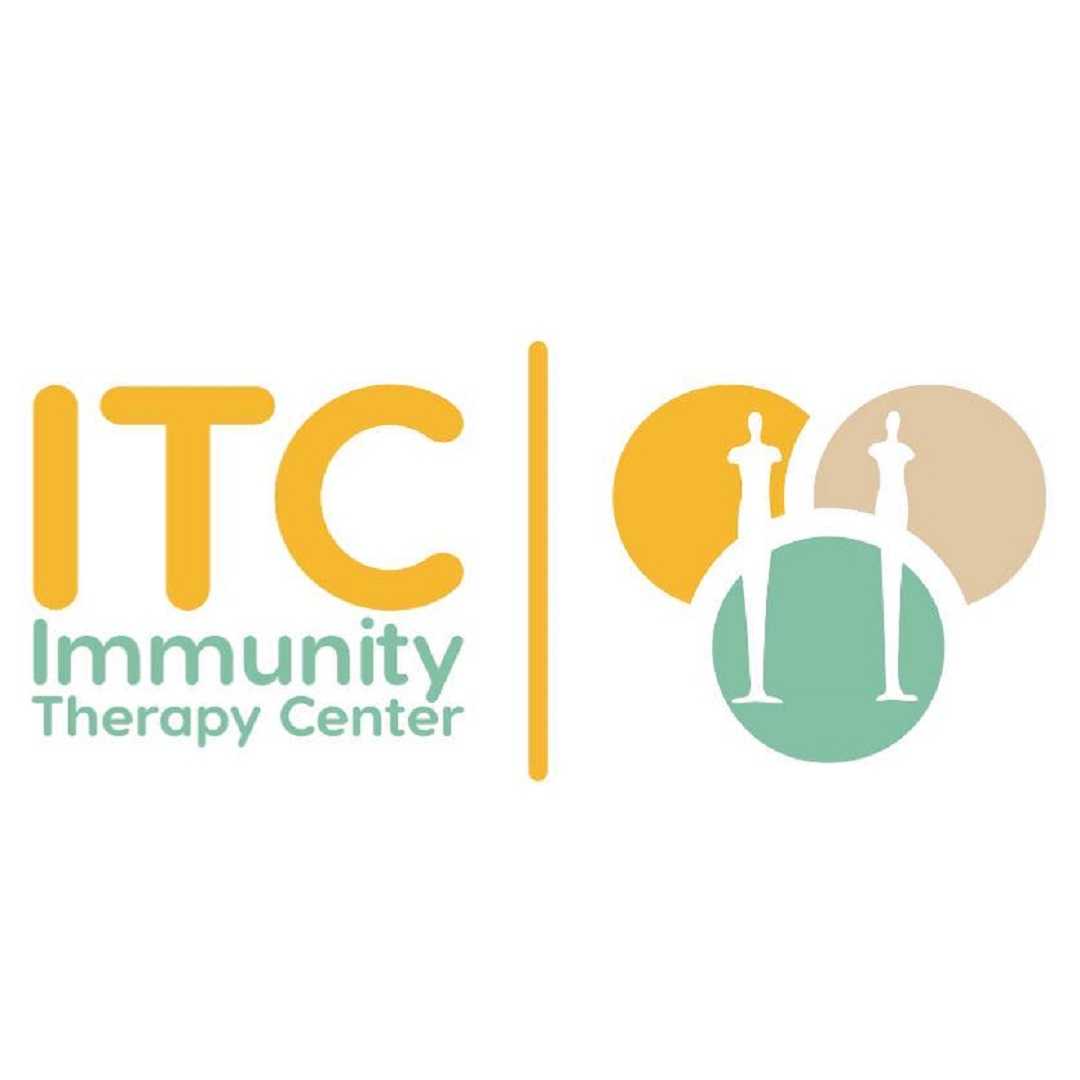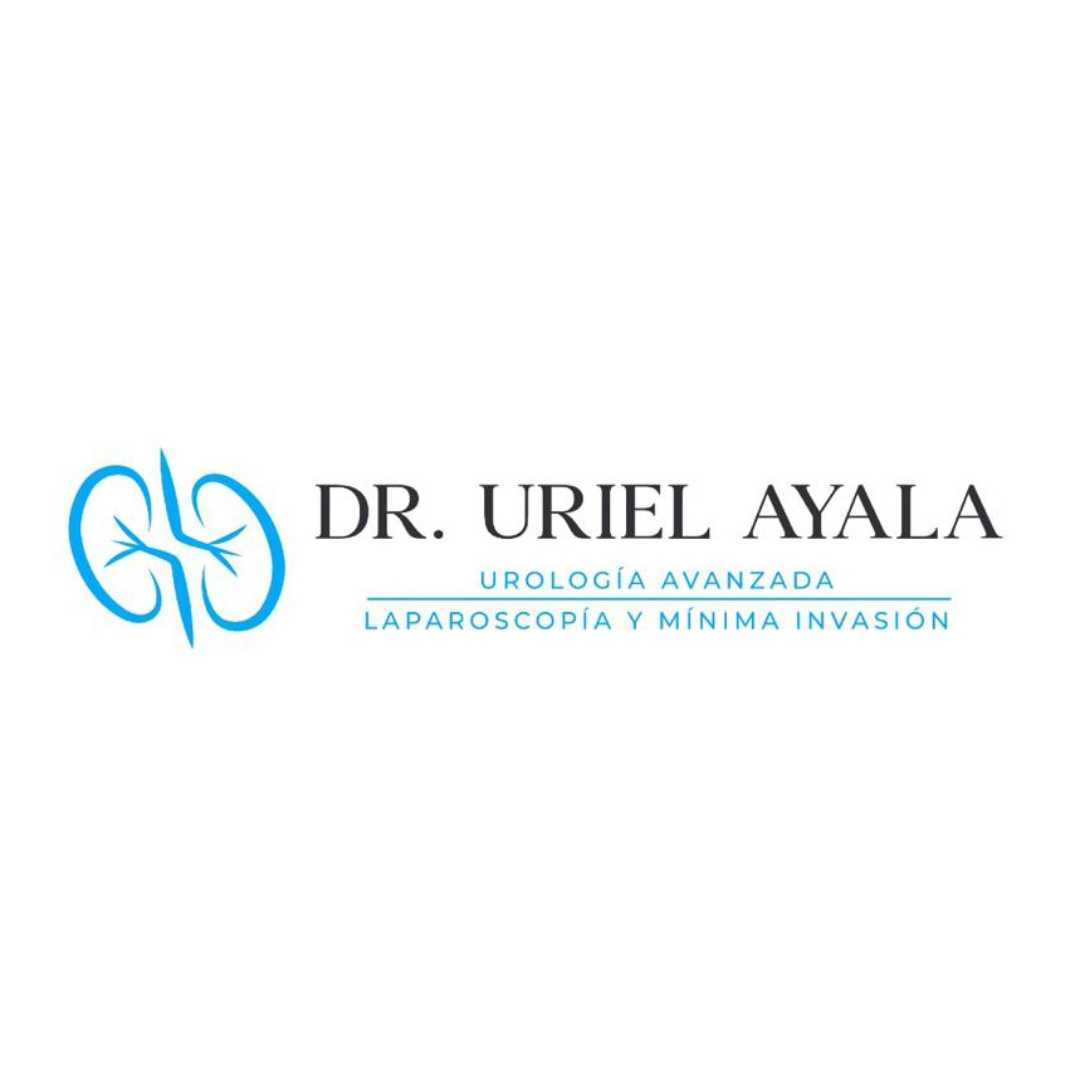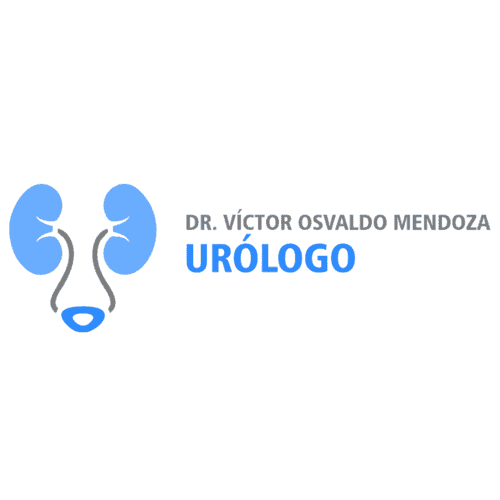Overview of Prostate Cancer Care in Mexico

Mexico has emerged as a significant destination for medical tourism, attracting patients from around the globe due to its state-of-the-art facilities, experienced medical professionals, and competitive pricing.
Our goal is to provide you with clear, helpful information to assist you in making informed decisions about your health journey. Understanding these options can help alleviate concerns and demonstrate why Mexico is a viable choice for managing prostate cancer.
What are the primary prostate cancer treatment options available in Mexico?
Commonly available treatments for prostate cancer in Mexico include:
-
Active Surveillance: For low-risk prostate cancer, doctors may monitor the condition with PSA tests, DREs, and biopsies to track progression and avoid early treatment side effects
-
Surgery (Radical Prostatectomy): Removes the prostate gland and sometimes nearby lymph nodes. In Mexico, options include open, laparoscopic, and robotic-assisted surgery for better precision and faster recovery.
-
Radiation Therapy: Uses high-energy rays to kill cancer cells. Mexico offers EBRT (IMRT, SBRT) and brachytherapy, where radioactive seeds are placed inside the prostate.
-
Hormone Therapy (ADT): Lowers or blocks male hormones (androgens) to slow cancer growth, using LHRH agonists/antagonists or anti-androgens.
-
Chemotherapy: Used for advanced or treatment-resistant cancer, employing drugs to destroy cancer cells throughout the body.
-
Focal Therapies: Minimally invasive options like HIFU or cryotherapy target only the cancerous tissue, reducing side effects and preserving healthy tissue.
How does the cost of prostate cancer treatment in Mexico compare to other countries like the US?
One of the most compelling reasons patients consider Mexico for medical procedures, including prostate cancer treatment, is the substantial cost savings.
Here’s a general comparison of potential cost ranges (these are estimates and can vary widely based on clinic, city, and specific patient needs):
| Treatment Type | Estimated Cost in US | Estimated Cost in Mexico |
|---|---|---|
| Radical Prostatectomy (Robotic-Assisted) | $30,000 - $70,000+ | $12,000 - $25,000+ |
| External Beam Radiation Therapy (Full Course) | $20,000 - $50,000+ | $8,000 - $20,000+ |
| Brachytherapy (Seed Implants) | $15,000 - $40,000+ | $7,000 - $15,000+ |
| HIFU (High-Intensity Focused Ultrasound) | $25,000 - $40,000+ | $10,000 - $20,000+ |
Can I find innovative or alternative therapies for prostate cancer in Mexico?
Beyond the standard surgical and radiation treatments, Mexico has also become a destination for patients seeking innovative and alternative therapies for prostate cancer. These options often focus on minimizing invasiveness, preserving quality of life, and sometimes integrating with conventional treatments.
What should I consider when choosing a hospital or doctor for prostate cancer treatment in Mexico?
Choosing the right hospital and medical team is crucial for successful prostate cancer treatment in Mexico. Look for internationally accredited hospitals (like JCI) and board-certified specialists in urology or oncology.
Check the doctor’s experience, success rates, and available technology—such as advanced radiation tools or robotic surgery systems. Read patient reviews to gauge care quality, ensure staff can communicate in your language, and confirm transparent pricing that includes all treatment costs.
Lastly, consider facilities that offer support services like airport transfers, accommodation help, and patient assistance for a smooth medical travel experience.
What is the typical timeline and recovery for prostate cancer surgery in Mexico?
The timeline and recovery process for prostate cancer surgery, specifically a radical prostatectomy, in Mexico are generally comparable to those in other leading medical destinations.
The specific duration and challenges depend largely on the type of surgery (open vs. robotic-assisted) and the individual patient's health and resilience.
The goal is to provide a holistic support system that addresses both the medical and logistical aspects of seeking prostate cancer treatment in Mexico, making the experience as comfortable and reassuring as possible for patients and their families.
Explore PlacidWay for comprehensive solutions related to medical tourism, healthcare services, and finding the right prostate cancer treatment options in Mexico and around the world.


.png)














Share this listing